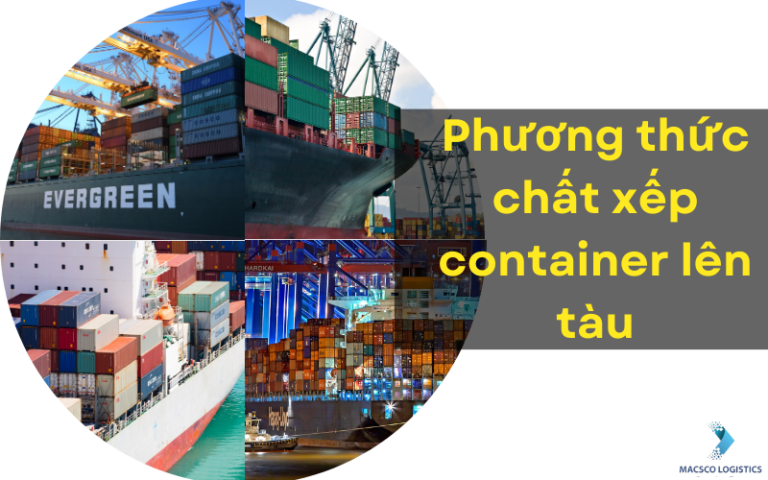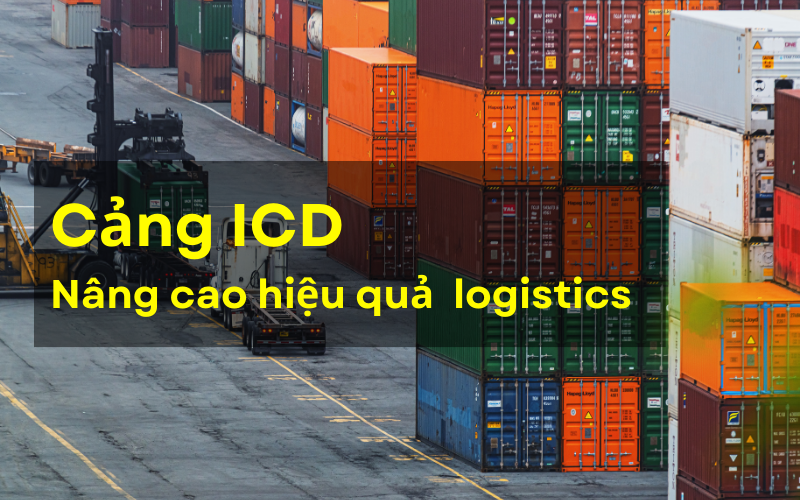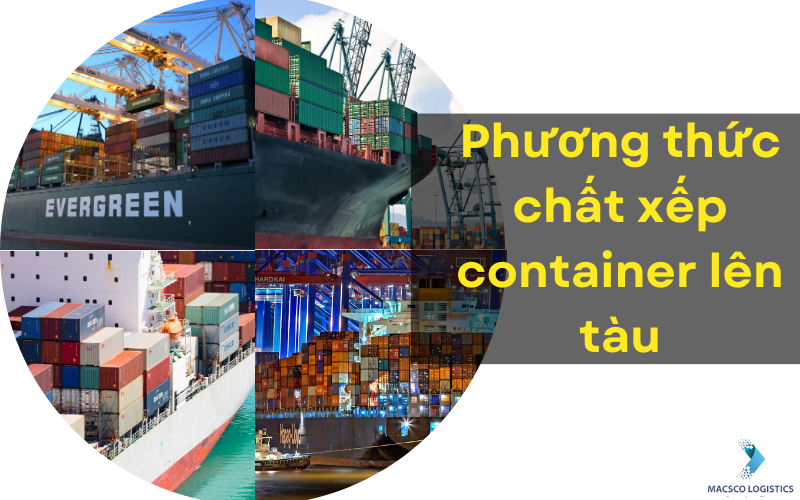Have you ever wondered how to put containers on deck and manage containers during transportation? This not only concerns how to arrange them so as not to affect other containers, but also ensures the safety of the ship during sea transport. Let's explore details with Macsco in the article below.
1. Container ship compartment structure
To load cargo effectively, a clear understanding of the container ship's structure is important. Each container is placed into fixed compartments, rows, and layers on the ship, based on size, weight, and type of cargo.
Cabin (Flight): marked from the bow to the stern. The compartment furthest in front of the ship is numbered 01. The next compartments are numbered 03, 05, 07, etc. The odd numbered compartments are numbered 20, while the even numbered compartments are numbered 40.
Row: marked from the center of the ship's longitudinal axis, to right and left. The conts on the right side of the vertical axis have odd numbers (01,02,03,...) while the conts on the left have even numbers (02,04,06,...).
Tier: calculated from the bottom of the hold for containers stowed in the cargo hold, and for containers stowed on the deck, it will be the first layer measured from the main deck surface. It is stipulated that the containers located close to the bottom of the bunker are numbered 02, the next layers will be 04,06,08,... And the containers stacked on the main deck are numbered 80, followed by 82,84,86,...
For example: Find the location of the container with number 010582
The container is located in compartment 01, the first compartment in front of the ship. 01 is an odd number so it is a 20′ container.
Cont is located in the 5th row from the center of the ship's longitudinal axis and towards the starboard side.
And the container belongs to class 2 from the main deck.
2. Operational and structural limitations when loading containers
Prior to loading, a manifest is sent by each shipping agent for loading onto the vessel including precise descriptions of each container, container type, size, weight and destination port.
When looking at the type of container, in addition to standard 20ft and 40ft containers, there are also other types of containers such as refrigerated containers, dangerous goods containers, flatrack containers, etc.
– Refrigerated containers must be placed in certain boxes because they need to be continuously supplied with electricity to maintain temperature, avoiding damage to goods during transportation.
– For containers containing dangerous goods, safety standards must be complied with according to the port of destination the ship will call and general IMO regulations and the location where these containers are placed must also be carefully prepared. , to avoid affecting the goods of the remaining containers.
– Oversized containers have a height, length or width that exceeds the standard container size, so they need to have a separate area for stacking because they cannot be stacked on top of other types of containers and will take up more space. These conts do not take up 1 or 2 cells like standard conts, but they take up many cells both horizontally and high.
When planning loading, containers unloaded at the last port of the journey will be loaded onto the vessel first and be in the lowest layer. This helps save time as well as limit loading and unloading costs.
Above are some shares about how to load containers onto ships. If you have questions that need answering or need to transport import and export goods, please contact Macsco Logistics immediately with a team of many years of experience for the fastest and most accurate support.
For further information and questions, please contact:
MACSCO LOGISTICS LIMITED
Address: 64 Nguyen Dinh Chieu, Da Kao Ward, District 1, Ho Chi Minh City, Vietnam
Phone: (84 28) 6270 6576
Email: anna@macsclogistics.com
Website: https://macscologistics.com









